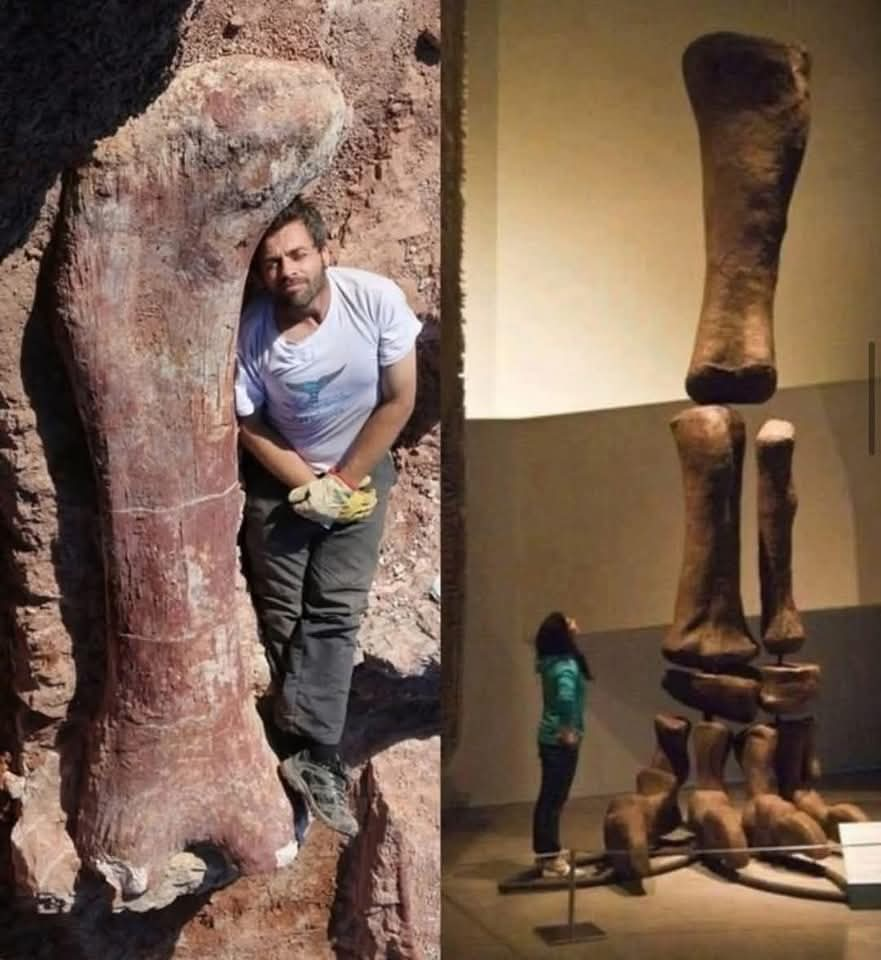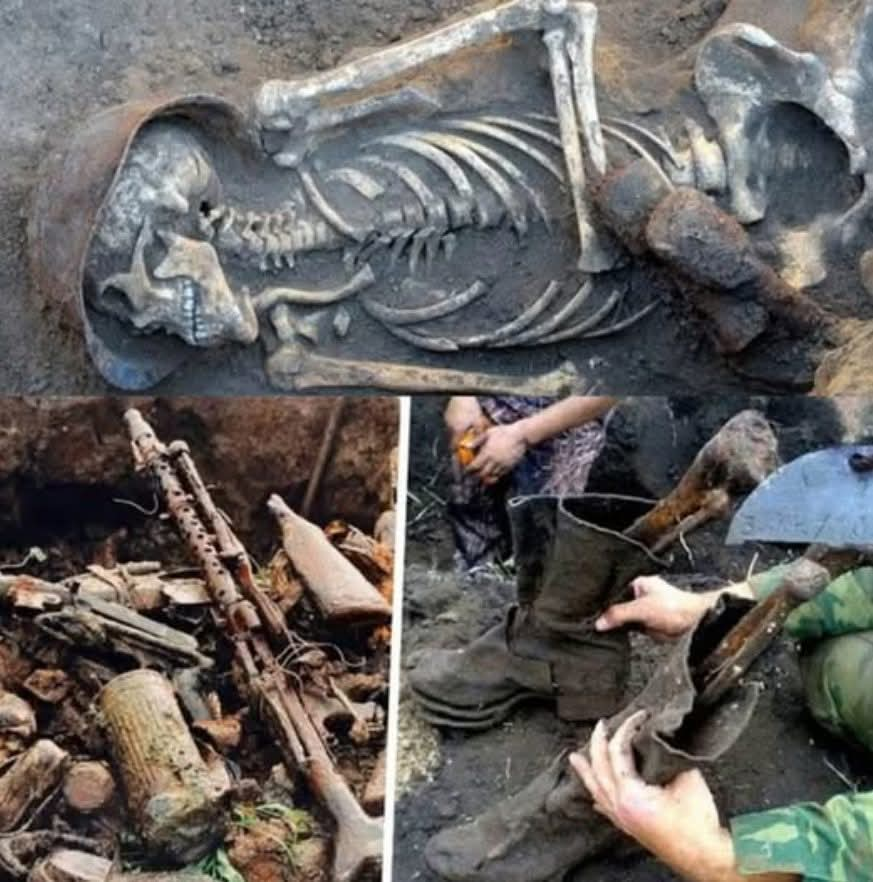
The R.a.p.e of the Sabine Women also known as the Abduction of the Sabine Women or the Kidnapping of the Sabine Women, was an incident in Roman mythology in which the men of Rome committed a mass abduction of young women from the other cities in the region.
Full story
According to Roman historian Livy, the abduction of Sabine women occurred in the early history of Rome shortly after its founding in the mid-8th century BC and was perpetrated by Romulus and his predominantly male followers; it is said that after the foundation of the city, the population consisted solely of Latins and other Italic people, in particular male bandits.
With Rome growing at such a steady rate in comparison to its neighbors, Romulus became concerned with maintaining the city’s strength. His main concern was that with few women inhabitants there would be no chance of sustaining the city’s population, without which Rome might not last longer than a generation.
On the advice of the Senate, the Romans then set out into the surrounding regions in search of wives to establish families with. The Romans negotiated unsuccessfully with all the peoples that they appealed to, including the Sabines, who populated the neighboring areas.
The Sabines feared the emergence of a rival society and refused to allow their women to marry the Romans. Consequently, the Romans devised a plan to abduct the Sabine women during the festival of Neptune Equester.
They planned and announced a festival of games to attract people from all the nearby towns. According to Livy, many people from Rome’s neighboring towns – including Caeninenses, Crustumini, and Antemnates – attended the festival along with the Sabines, eager to see the newly established city for themselves.
At the festival, Romulus gave a signal by “rising and folding his cloak and then throwing it round him again,” at which the Romans grabbed the Sabine women and fought off the Sabine men.
Livy does not report how many women were abducted by the Romans at the festival, he only notes that it was undoubtedly many more than thirty.
The war
All of the women abducted at the festival were said to have been virgins except for one married woman, Hersilia, who became Romulus’ wife and would later be the one to intervene and stop the ensuing war between the Romans and the Sabines.
The indignant abductees were soon implored by Romulus to accept the Roman men as their new husbands.
Outraged at what had happened, the king of the Caeninenses entered upon Roman territory with his army. Romulus and the Romans met the Caeninenses in battle, killed their king, and routed their army. Romulus later attacked Caenina and took it upon the first assault.
Returning to Rome, he dedicated a temple to Jupiter Feretrius (according to Livy, the first temple dedicated in Rome) and offered the spoils of the enemy king as spolia opima. According to the Fasti Triumphales, Romulus celebrated a triumph over the Caeninenses on 1 March 752 BC.[8]
At the same time, the army of the Antemnates invaded Roman territory. The Romans retaliated, and the Antemnates were defeated in battle and their town captured. According to the Fasti Triumphales, Romulus celebrated a second triumph in 752 BC over the Antemnates.
The Crustumini also started a war, but they too were defeated and their town was captured.
Roman colonists were subsequently sent to Antemnae and Crustumerium by Romulus, and many citizens of those towns also migrated to Rome (particularly the families of the captured women).
The Sabines themselves finally declared war, led into battle by their king, Titus Tatius. Tatius almost succeeded in capturing Rome, thanks to the treason of Tarpeia, daughter of Spurius Tarpeius, Roman governor of the citadel on the Capitoline Hill.
She opened the city gates for the Sabines in return for “what they bore on their arms”, thinking she would receive their golden bracelets. Instead, the Sabines crushed her to death with their shields, and her body was buried on or thrown from a rock known ever since by her name, the Tarpeian Rock.
The Romans attacked the Sabines who now held the citadel, in what would become known as the Battle of the Lacus Curtius. The Roman advance was led by Hostus Hostilius, the Sabine defence by Mettus Curtius. Hostus fell in battle, and the Roman line gave way.
The Romans retreated to the gate of the Palatium. Romulus rallied his men, promising to build a temple to the Roman God Jove on the site. He then led them back into battle. Mettus Curtius was unhorsed and fled on foot, and the Romans appeared to be winning.
At this point in the story, the Sabine women intervened:
[They], from the outrage on whom the war originated, with hair dishevelled and garments rent, the timidity of their sex being overcome by such dreadful scenes
had the courage to throw themselves amid the flying weapons, and making a rush across, to part the incensed armies, and assuage their fury; imploring their fathers on the one side, their husbands on the other, “
that as fathers-in-law and sons-in-law they would not contaminate each other with impious blood, nor stain their offspring with parricide, the one their grandchildren, the other their children.
If you are dissatisfied with the affinity between you, if with our marriages, turn your resentment against us; we are the cause of war, we of wounds and of bloodshed to our husbands and parents. It were better that we perish than live widowed or fatherless without one or other of you.”
The battle came to an end, and the Sabines agreed to unite in one nation with the Romans. Titus Tatius jointly ruled with Romulus until Tatius’s death five years later.
The new Sabine residents of Rome settled on the Capitoline Hill, which they had captured in the battle.
We hope that you have enjoyed reading our blog on the world history and facts. If you enjoy this blog please let us know in the comments below. If you are interested in history, we recommend you check out our other blogs here on the world history and facts. Thank you for reading.










Leave a Reply